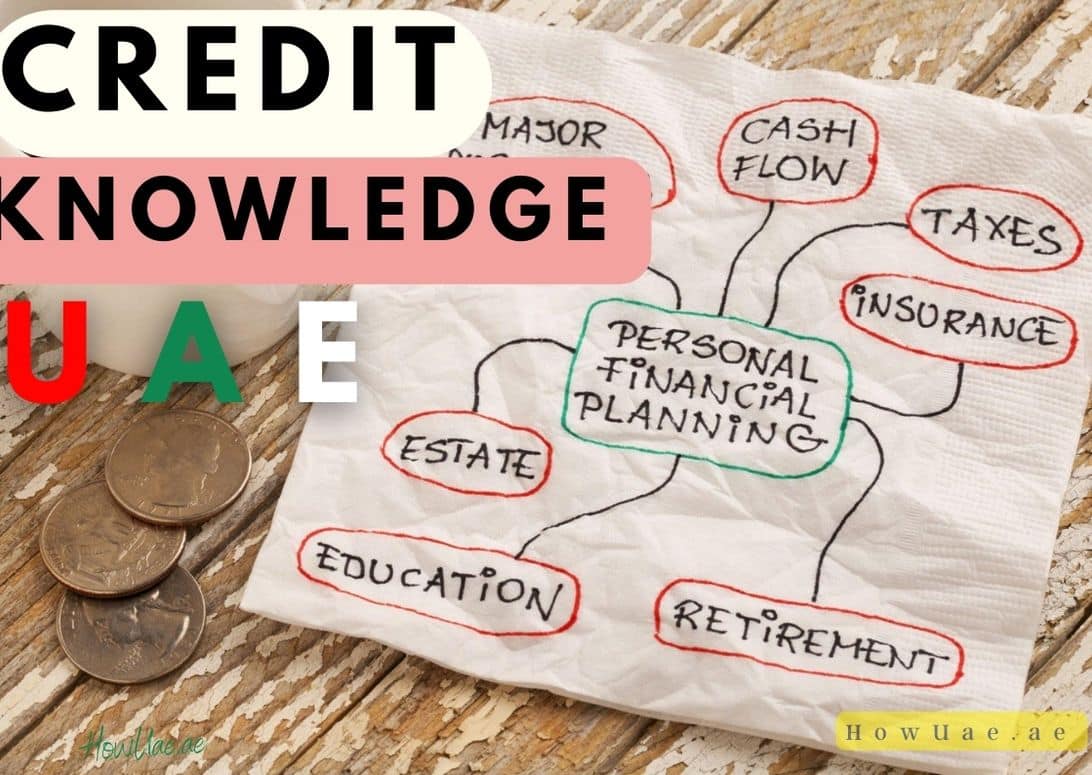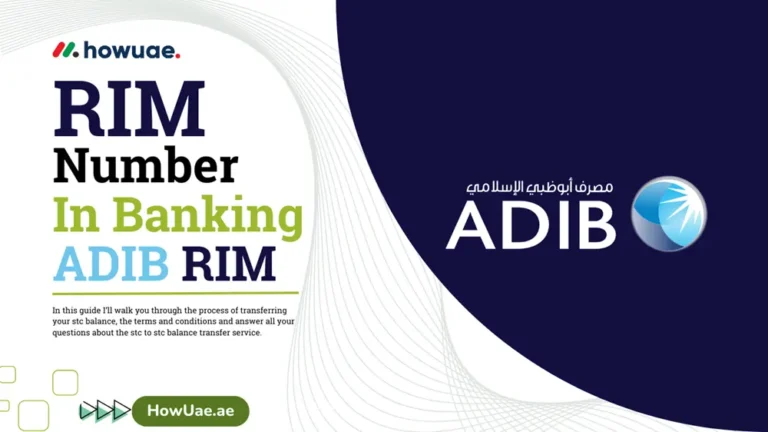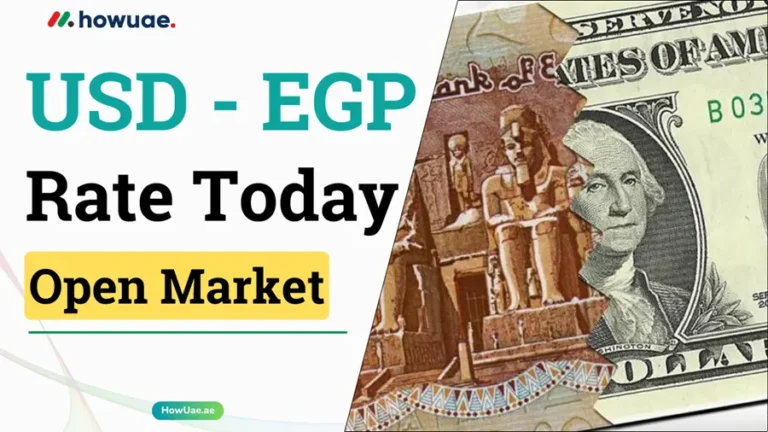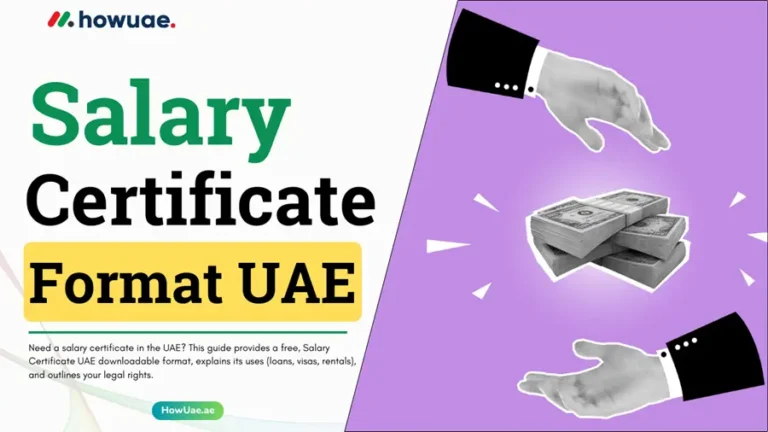
Credit Knowledge A to Z: Understanding the ABCs of Credit and Finance
In the ever-evolving world of personal finance, understanding the terminology and concepts can greatly empower individuals to make informed decisions about their financial health. From credit cards to interest rates, assets to liabilities, here’s a comprehensive guide to essential credit knowledge from A to Z.
Account:
An account is money that’s deposited with a financial institution for safekeeping or investment purposes.
Affinity Card:
An affinity card is a credit card associated with a third party, such as an alumni association or museum, that benefits from each transaction made with the card.
Annual Fee:
The annual fee is the cost of owning a credit card for one year. Some credit cards offer no annual fees, while others include it in the total cost of credit along with interest and other charges.
Annual Percentage Rate (APR):
The APR represents the yearly interest charge applied to outstanding balances on credit cards. It’s a component of the total cost of credit.
Assets:
Assets are items of monetary value owned by individuals or companies, including properties, vehicles, and other possessions.
Automated Teller Machine (ATM):
An ATM is a machine that facilitates withdrawals, deposits, and credit card cash advances. It’s used for various financial transactions and requires an ATM, credit, or debit card.
Automatic Payments:
Utility companies, loan payments, and other businesses may use an automatic payment system with bills paid through direct withdrawal from a bank account.
Average Daily Balance:
Financial institutions calculate the average amount owed on a credit card during a billing cycle to determine the interest owed for the month.
Balance:
Balance refers to the amount of money in a particular account. In the context of credit, it refers to the amount owed on a credit card.
Balance Transfers:
Balance transfers allow moving an outstanding balance from one credit card to another, often to benefit from lower interest rates.
Bankcard:
A bank card is a credit or debit card issued by a financial institution.
Bankruptcy:
Bankruptcy is a legal declaration of insolvency, offering relief from certain debts while affecting credit records. It usually doesn’t eliminate obligations like child support, fines, and taxes.
Bounced Check:
A bounced check is one that a financial institution refuses to cash due to insufficient funds or a closed account.
Business Card:
A business card is a credit card for small business owners, used to simplify bookkeeping and tax preparation for business expenses.
Capital:
Capital refers to accumulated wealth available for generating additional wealth.
Cash:
Cash includes paper money and coins. In banking, “cashing a check” means paying it.
Charge Card:
A charge card provides access to an unlimited line of credit, requiring full payment at the end of each billing cycle.
Check:
A written document instructing a financial institution to pay money from the writer’s account.
Clear:
A check is “cleared” when the payer’s account is debited and the payee’s account is credited.
Chip Card/Smart Card:
A card with an embedded electronic chip that can store credit or debit card functions and other programs.
Co-Branded Card:
A co-branded card is affiliated with a third party, like a retailer or airline, offering benefits based on purchases within a specific timeframe.
Collateral:
Collateral is an asset accepted by a financial institution as security against a loan. If the loan isn’t repaid, the institution can claim the collateral.
Compound Interest:
Compound interest is calculated not only on the principal but also on previously accrued interest.
Read Also: How To Invest in the UAE Stocks
Credit:
Credit involves buying or borrowing with the promise of repayment. It involves a creditor (recipient of owed money) and a debtor (person owing money).
Credit Bureau:
A credit bureau checks credit information and maintains files on credit applicants and users.
Credit Card:
A credit card provides access to a line of credit, with users required to pay at least a minimum amount each month.
Credit Limit:
The maximum amount that can be charged to a specific card account.
Credit Rating:
A financial institution’s assessment of a person’s creditworthiness is based on character, capacity to repay, and capital.
Credit Report:
A report on an individual’s indebtedness and bill-paying behaviour submitted to credit reporting agencies by creditors.
Currency:
Currency refers to money used as a common medium of exchange, often in the form of paper money and coins.
Current or Checking Account:
An account for deposits and withdrawals, often used for writing checks and making payments.
Cyberbanking:
Cyberbanking involves online banking services, allowing customers to manage accounts, pay bills, transfer funds, and apply for loans over the Internet.
Debit:
Debit refers to a sum of money owed or a charge deducted from an account.
Debit Card:
A debit card allows purchases and cash withdrawals by deducting funds directly from the cardholder’s account.
Deposit Slip:
An itemized slip indicating the exact amount of money and checks being deposited into an account.
Depositor:
An individual or company that places money into an account.
Direct Deposit:
Earnings or government payments are electronically deposited into accounts for convenience.
Electronic Cash:
Digital forms of payment include cash, checks, credit cards, and coins.
Finance Charge:
The total cost of credit, encompassing interest and other charges.
Financial Institution:
An establishment providing banking services like deposits, loans, and exchanges.
Also Read: How to Double Your Money in UAE
Fixed Rates:
Interest rates that remain constant, are often associated with the annual percentage rate (APR).
Grace Period:
A period before interest accrues on new purchases.
Identity Theft:
Fraudulent acquisition of financial information for unauthorized transactions.
Interest:
A fee for using money is expressed as an annual percentage rate (APR).
Interest Computation Method:
Methods for calculating interest on a credit card balance.
Interest Rate:
The rate charged by a financial institution for lending money.
Introductory Rates:
Initial promotional rates are offered by credit cards.
Joint Account:
An account shared by multiple individuals.
Liabilities:
Debts owed to individuals, businesses, or institutions.
Line of Credit:
An approved credit amount for individuals or businesses.
Magnetic Stripe:
A strip on a card containing basic account information.
Minimum Payment:
The smallest required payment on a credit card balance.
Money:
A recognized medium of exchange.
Mortgage:
A long-term loan for purchasing a property.
Overdraft:
Writing a check for more money than is available in the account.
Passbook:
A booklet for recording deposits, withdrawals, and interest earned.
Payee:
Recipient of a check.
Payer:
Writer of a check.
Payment Schedule:
Options for partial or full credit card payment.
Periodic Rate:
Variable interest rates affect finance charges and minimum payments.
Point-of-Sale Transactions:
Card payments at retail establishments.
Prepaid Card:
A card with a stored value for purchases or withdrawals.
Principal:
The original amount borrowed.
Purchasing Card:
A card for business purchases, streamlining order processes.
Refinance:
Revising a loan agreement for better terms.
Rewards:
Benefits like air miles are offered by some credit cards.
Savings Account:
An account earning interest on deposits.
Service Charge:
A fee for handling a checking account.
Stop Payment:
Requesting a financial institution not to pay a specific check.
Terms:
Agreed-upon loan conditions.
Variable Rate:
An interest rate is subject to change.
Withdrawal:
Taking money from an account.
With this comprehensive guide to credit knowledge, you’re better equipped to navigate the world of personal finance, make wise decisions, and take control of your financial future. Remember, knowledge is power when it comes to managing your financial well-being.
Data




